The Best Stretches to Start the Day
Advertisement
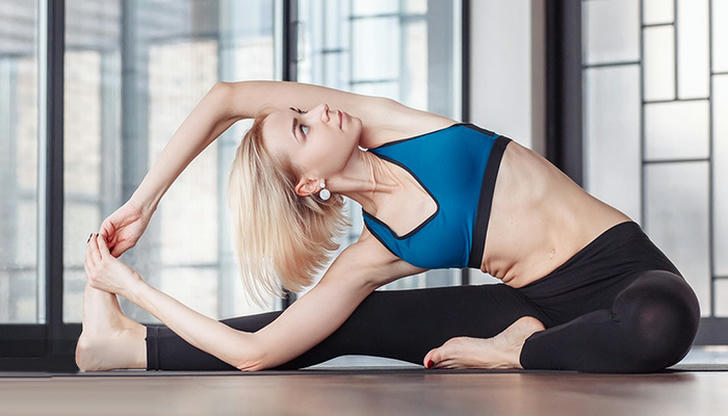
Stretching is a fitness method that can make ligament muscles and joints fit more softly, reducing the possibility of injury.
Stretching includes active and passive stretching. The active stretching refers to mainly relying on the strength of the contracting muscles, rather than other external forces, to keep the movement in a certain position. The advantage is that it can increase the flexibility of the movement and the strength of the muscles. The passive stretching refers to the use of one's own body weight or equipment to keep the limbs in a certain stretched position. It is a slow, relaxing stretch that can also be expected to reduce nerve and muscle excitability, a good way to relax after a workout.
Benefits
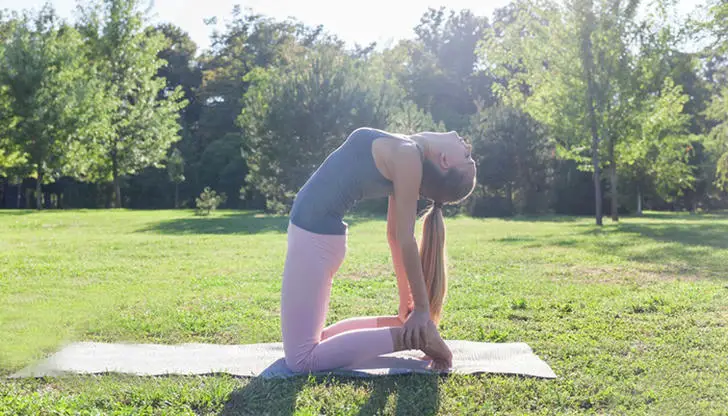
1.Improve your level of exercise
Stretching before exercise can reduce muscle viscosity and reduce internal energy expenditure during exercise. At the same time, increased elasticity can improve muscle contraction speed and muscle contraction strength. Stretching can also increase the range of motion of muscles and joints, allowing athletes to perform more reasonable technical movements and reduce unnecessary loss of capacity.
2.Accelerated recovery
Stretching has been used as a recovery method after training for more than 20 years. Studies have shown that stretching can effectively relax muscles, reduce muscle stiffness, increase blood microcirculation, and allow nutrients to reach the tissues that need to be repaired. The elimination of metabolic waste has been accelerated.
With the development of modern technology and changes in lifestyles, more and more people are lack of enough exercise. Many white-collar workers who work at desks for a long time can easily have fatigue and tension in the cervical spine and upper back muscles, resulting in insufficient blood supply to the head and dizziness, work efficiency declines, and mental stress increases. Stretching between work can relax muscles, relieve muscle tension and improve mental stress.
3.Prevent injury
While traditional theories suggest that stiff muscles are the main cause of muscle strain during exercise, research also points to a lack of flexibility as a predisposing factor for many sports injuries. Stretching makes muscles more elastic, absorbs more energy, and increases muscle contractility.
On the other hand, muscle fatigue is also a trigger for sports trauma. The use of stretching after exercise can speed up the recovery of muscles and reduce the training and work of muscles in a fatigued state the next day, so as to prevent injuries.
Time
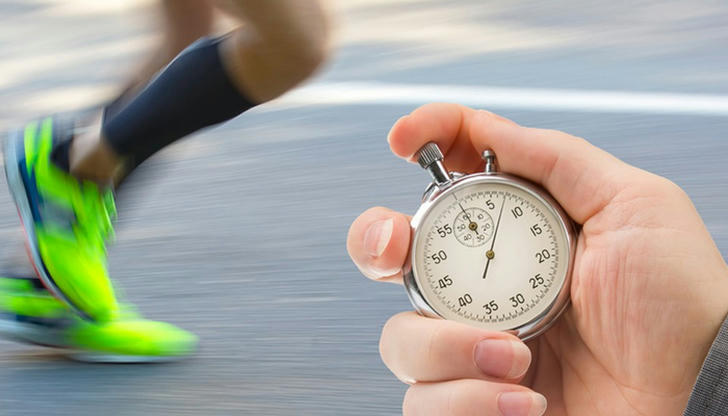
Basically, people who rarely exercise need to stretch about 3 times a week to maintain flexibility. It takes 30 minutes each time. People who do a lot of exercise should stretch 7 days a week, 2-3 times a day. It doesn't take that long to repeat various stretching movements until the body feels flexible.
Stretching is not part of the warm-up. It is suitable to do after the warm-up, because the muscles and body joints are already in a state of eagerness at this time. At this time, the stretching effect is the best and the possibility of injury is minimized. The most effective time to stretch should be after exercise, but I still recommend to stretch before and after exercise. You can divide 20-minute stretch into two 10-minute stretches.
Principles of stretching
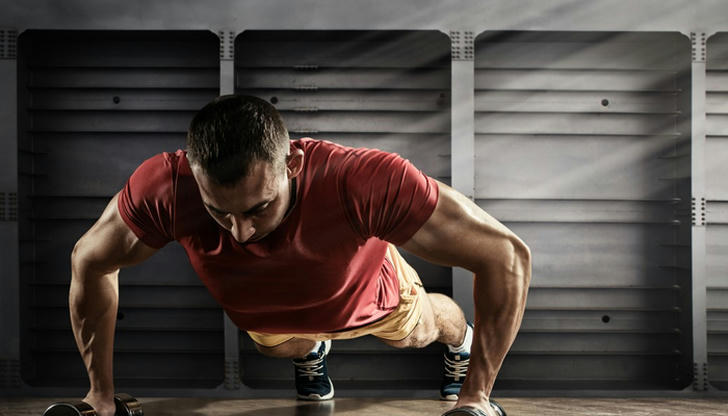
1.Wrong stretching can cause trouble.
2.Use even force when stretching and pay attention to adjusting your breathing (exhale while the muscles are gradually being stretched, and stay relaxed).
3.Stop stretching until the muscles feel tense, and pay attention to gradually increasing the intensity.
4.Pay attention to stretching the symmetrical muscles to ensure that the relaxation of the symmetrical muscles is conducive to maintaining the functional position of the joints.
5.Pay attention to maintaining a normal body position when stretching, which is conducive to ensuring that the target muscles are well stretched and does not affect other muscles.
6.Avoid engaging in explosive strength training immediately after a static stretch.
7.Stretch on a soft and fixed surface (artificial turf, yoga mat, etc.).
8.Sitting on the back or prone position is the main method, which is conducive to the relaxation of the body and improves the stretching efficiency.
Precautions
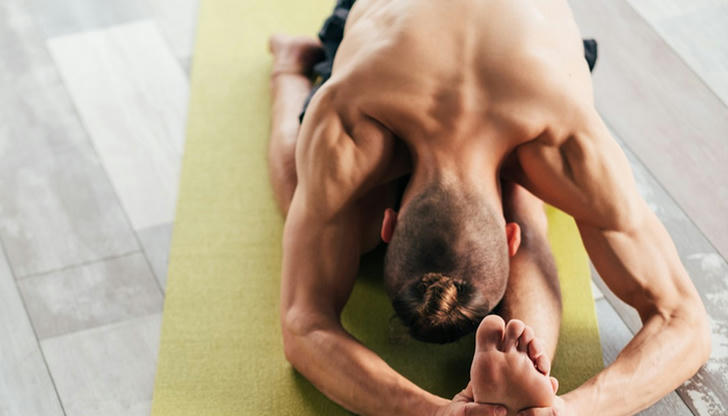
Stretching are not recommended for the following specific situations:
1.Joint instability (or joint injury) caused by a fracture or sprain
2.There is a wound in the stretched part, accompanied by infection or inflammation (soft tissue inflammation, such as folliculitis, etc.)
3.Acute injury to the stretched part (muscle, tendon, ligament, etc.)
4.Pain in the stretched area



